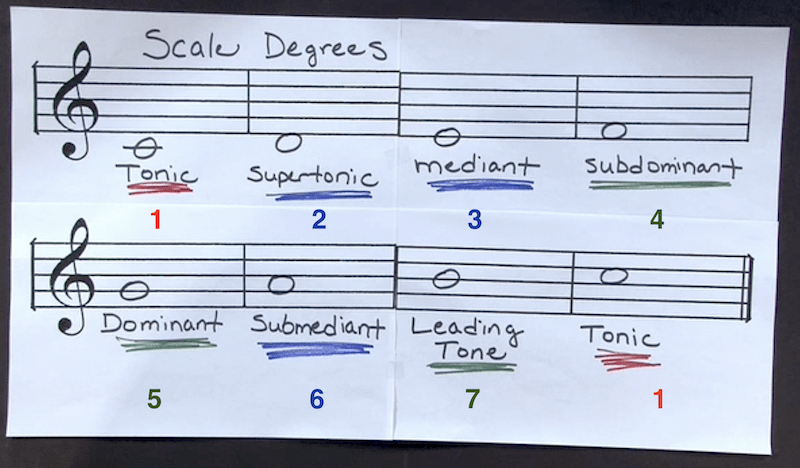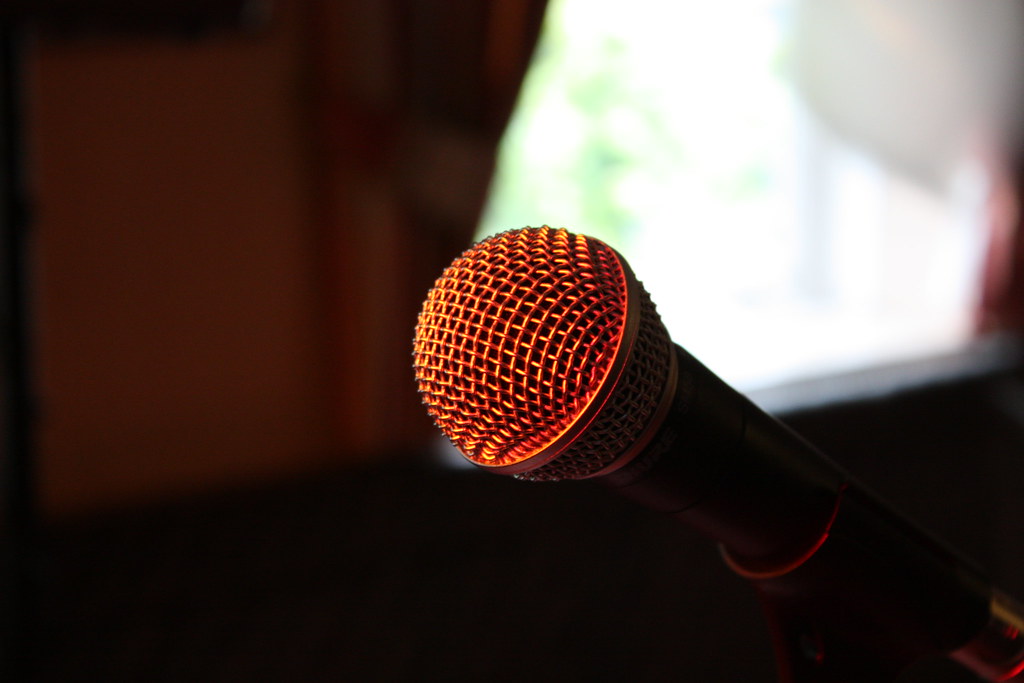Summary
- This project is where in Mr Leducs school of rock class we are currently learning about melodies and how they work and the structure.
My First HookTheory Melody

For this melody at the beggining I made it simple then decided to add some spice to it. My fav part about the melody is when it changed. For this melody it is composed of 8 measures.
Notes from Howard Goodall’s Melody Video
| Cue | Notes |
| -how did people disover chords and music? -Has music alwasys been powerful and causea big difference in life. | -Melody is musics most powerful tool. -Even as babies we can recognize tunes. -Tune are very powerful and can show love and other emotions. -Sound around the world sound different from each other. -All around the world back then songs are composed of 5 notes which are very fundamental. Its a fundamental building block. -Pentatonic is the name for the 5 basic notes. -An enormous tunes are based on the 5 notes. -A lot of rock songs even use the pentotonic way. -There are three main ingredients to melody’s -Any frequency could be a note -Notes can sound different but are the same note such as A it all depends on pitch. -A whole tone is an intervel of two tones on a step -People use tunes around the world to distinquish different words by pitch -Modes can be rather complex -In England back then they would sharpen the notes frequently -Blue notes are when you bend them and flatten them -Composers from Shakespeares time found that notes rather in flexiable -Wherever you start your minor scale it will cope and it can start anywhere on the 12 semi tones -All instruments have different languages and it can be difficult to have them sound nice together so they speak a new language. -Happy music was a major scale and the minor is sad -You can go between Major and minor scale easily -Composers love to explore their explority between scales magnever -Operas and sympyphonys have many melodies -The guy in the video talked about if you try to find happiness you can find it in anything. -He struggle with drugs but it seemed as thought music helped get him through – |
Summary: From this video series I’ve learned a lot and had a lot of deep thoughts about music and how it is used in everyday life. Therew was a lot of history from where it was used and learning about the 12 semi tones and major and minor.
Melody Composition Terms and Definitions

- The terms and definitions below are from the Basic Concepts of Music Theory podcast by Jamie Henke at the University of Wisconsin-Madison
- Her Basic Concepts of Music Theory video on YouTube
- Theme: A long, flowing melodic idea.
- Motive: A short, rhythmic idea (Beethoven’s 5th).
- Period: 8-12 measures or a musical sentence.
- Phrase: Usually 4 measures.
- Antecedent (Question) Phrase: First 4 measures of a period.
- Consequent (Answer) Phrase: Second 4 measures of a period.
- Scale Degrees (C Major Scale)
- Tonic: C (1 , 8) – Stability and resolve.
- Supertonic, Mediant, Submediant: D, E, A (2 , 3 , 6) – Moderate tension, useful for transitions and carrying on an idea.
- Subdominant, Dominant, Leading Tone: F, G, B (4 , 5 , 7) – Causes the most tension, leads to the tonic.
- Steps: Any movement using half or whole steps.
- Leaps: Any movement using intervals larger than a whole step.
- Conjunct motion: Melody is built primarily out of steps.
- Disjunct motion: Melody is built primarily out of leaps.
- Repetition: Repeated material (i.e. motive) used to create a link between two phrases of the period.
- Contrast: Two phrases that contain contrasting material to create tension and interest.
- Variation: Halfway between contrast and repetition. The two phrases include some recognizable material and some varied material (i.e. taking ideas up an octave).
One of My Favorite Melodies

- https://www.youtube.com/watch?v=kffacxfA7G4&t=22s
- I like this melody because it is very easy. The chords are simple and fun to sing along to as its a classic. From this melody I notice that theres a similar pattern in it as at the beginning there is it goes red, blue, yellow, orange yellow then continues a bit but does change a litte bit. Overall to me is seems as it stays the same structure.
My Second HookTheory Melody

- This melody I would say follows the structure of a melody and you can know what goes next as its repetive in a good way. I like this meldoy because its simple and sometimes simple is better than complex.
- I raied tenstion in this meldoy when I went down and up in the pink purple and dar kblue. I resolved tenstion when I returned to tonic.
What I Learned & Problems I Solved
- From this project I learned the structure of how a melody is made and how music works and more about music in general regaurding all aspects. One problem I had was figuring what sounded nice together and I solved this by trying different notes and just messing around in hook theory.
Resources
- Assessment a Feedback
- General Music Composition Rubric (Google Doc)
- Period Melody Composition Rubric (PDF)
- Hook Theory Tools and Tutorials
- Music Theory
- Mr. Le Duc’s Key of C Major Notes and Chords Chart (PDF)
- How Music Works with Howard Goodall – Melody
- Melody defined at Wikipedia
- iTunesU – Basic Concepts of Music Theory by Jamie Henke at University of Wisconsin-Madison
- Her Basic Concepts of Music Theory video on YouTube
- https://www.youtube.com/embed/rl-V2IsUprQ
- Michael New
- Art of Composing
- Free MIDI files midiworld.com/files/
- MIDI file of Beethoven’s Ode to Joy from his 9th symphony
- Coldplay Talk sample midi file
- MIDI and Music Notation Editors
- onlinesequencer.net – online
- flat.io – online
- noteflight.com – online
- MuseScore downloadable program
- GarageBand
- Melody Research, Analysis, and Recording Project Feedback Form (PDF)















